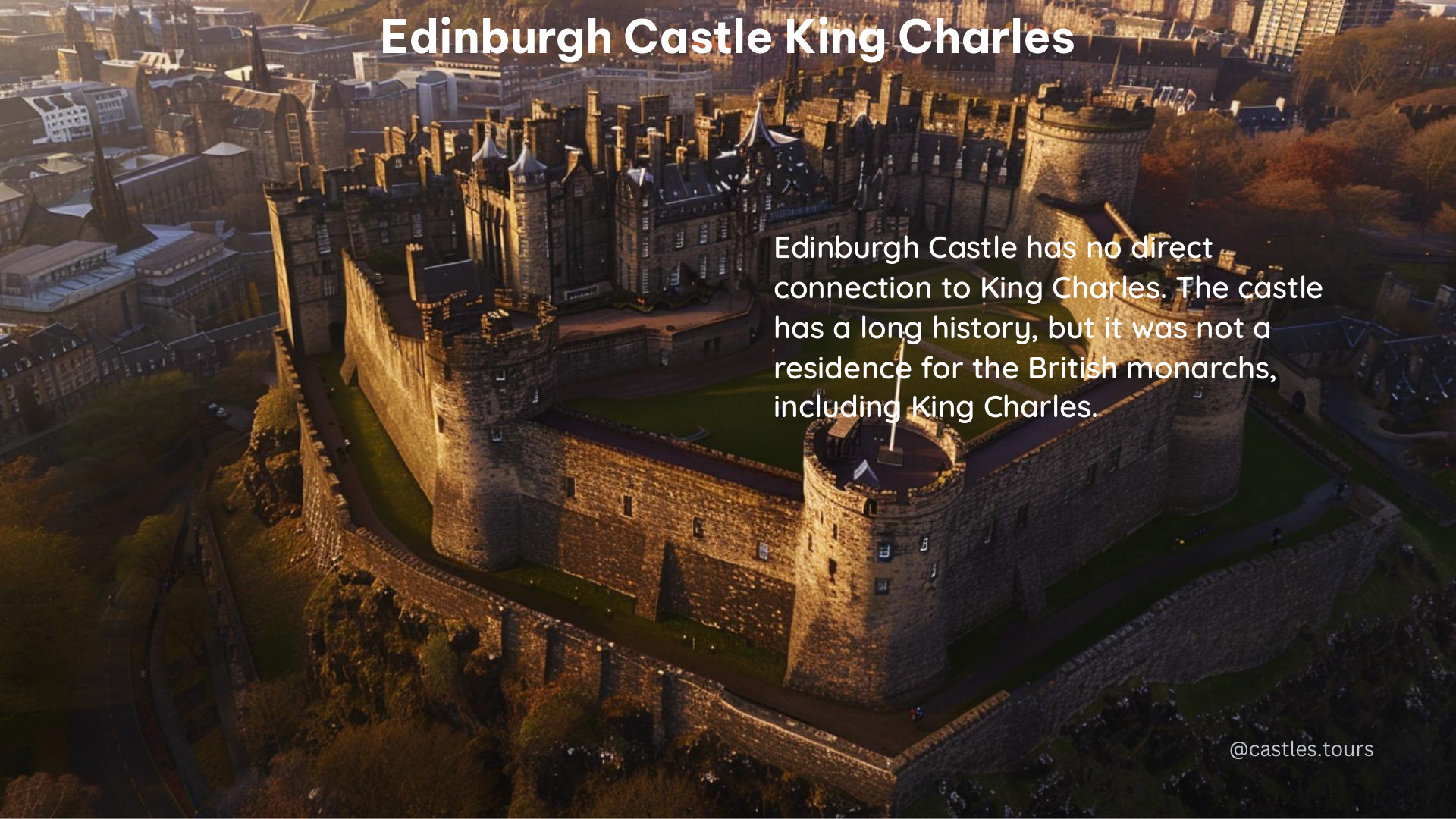King Charles III has been presented with Scotland’s crown jewels, the Honours of Scotland, in a ceremony at St Giles’ Cathedral in Edinburgh to mark his Coronation. The event involved a procession from Edinburgh Castle to the cathedral, where the crown jewels were presented to the King. The ceremony was attended by the Royal Navy, British Army, and Royal Air Force, and featured a 21-gun salute from Edinburgh Castle and a flypast by the RAF Red Arrows.
The Coronation Ceremony
The ceremony to mark King Charles III’s Coronation was a significant event, steeped in history and tradition. The Honours of Scotland, consisting of the crown, sceptre, and sword of state, were presented to the King in a procession from Edinburgh Castle to St Giles’ Cathedral.
The Honours of Scotland
The Honours of Scotland are the oldest crown jewels in Britain, made of gold, silver, and precious gems. They have a tumultuous past, having been hidden in Edinburgh Castle during Oliver Cromwell’s occupation from 1651 to 1660 and later locked away in a chest and sealed following the Act of Union between England and Scotland in 1707. It was Sir Walter Scott who rediscovered the Honours in 1818, leading to their exhibition at Edinburgh Castle.
The Procession
The procession from Edinburgh Castle to St Giles’ Cathedral involved over 100 individuals from various Scottish walks of life, as well as over 700 members of the Royal Navy, British Army, and Royal Air Force. The event was a grand display of Scotland’s military might and cultural heritage.
Salute and Flypast
The ceremony was marked by a 21-gun salute from Edinburgh Castle and a flypast by the RAF Red Arrows, adding to the grandeur and significance of the occasion.
Protests
While the celebrations were largely peaceful, there were some protests along the Royal Mile, with four arrests made during the event.
Edinburgh Castle: A Royal Residence

Edinburgh Castle has a long and storied history as a royal residence, serving as the site of significant historical events throughout the centuries.
The Royal Palace
The Royal Palace, located in Crown Square, has been the setting for many important moments in Scottish history. It was the birthplace of James VI in 1566 and the site of the death of Queen Mary of Guise in 1560.
Historical Figures
The castle has been associated with various historical figures, including King David II, who restored the royal castle in the 14th century, and James IV, who completed work on the palace in the early 1500s.
Other Royal Residences
While Edinburgh Castle is a significant royal residence, King Charles III has also been making headlines with the opening of another royal retreat – Balmoral Castle.
Balmoral Castle
King Charles III is opening up Balmoral Castle for the first time this summer, offering intimate tours of the royal retreat. The tours will run from July 4 to August 11 and include access to parts of the castle that have never been open to the public before.
Conclusion
The ceremony at Edinburgh Castle to mark King Charles III’s Coronation was a grand and historic event, showcasing the rich heritage and traditions of Scotland. The presentation of the Honours of Scotland to the King, the procession, and the military displays all contributed to the significance of the occasion. As the new monarch, King Charles III continues to engage with the public and share the wonders of the royal residences, further cementing his connection to the people of Scotland and the United Kingdom.
References
- https://www.bbc.com/news/uk-scotland-66098124
- https://www.edinburghcastle.scot/the-castle/the-characters
- https://www.edinburghcastle.scot/see-and-do/highlights/the-royal-palace
- https://keyt.com/lifestyle/entertainment/cnn-style/2024/04/05/king-charles-is-opening-up-balmoral-castle-for-the-first-time/
- https://www.youtube.com/watch?v=xGEP5TLoVW4
